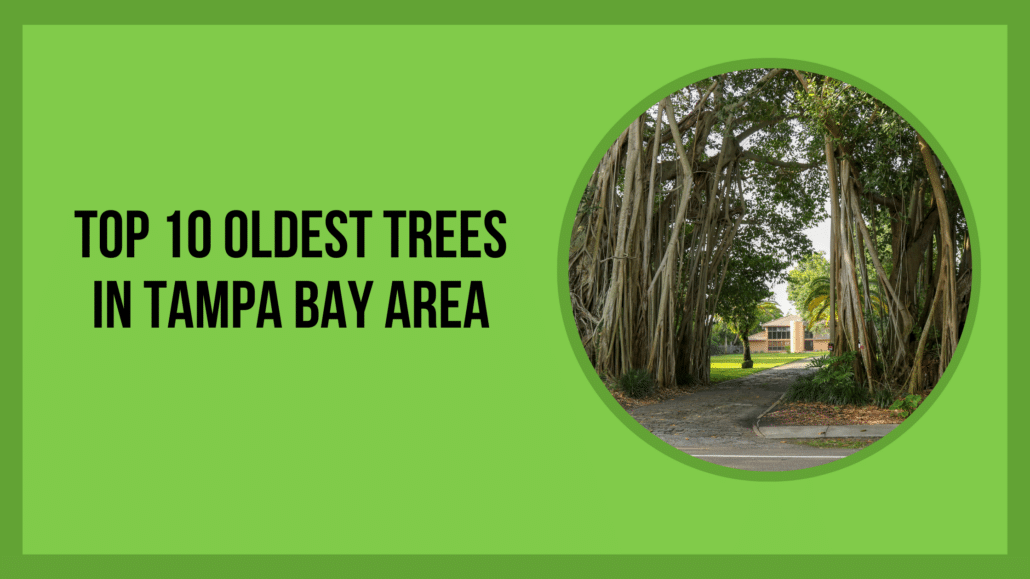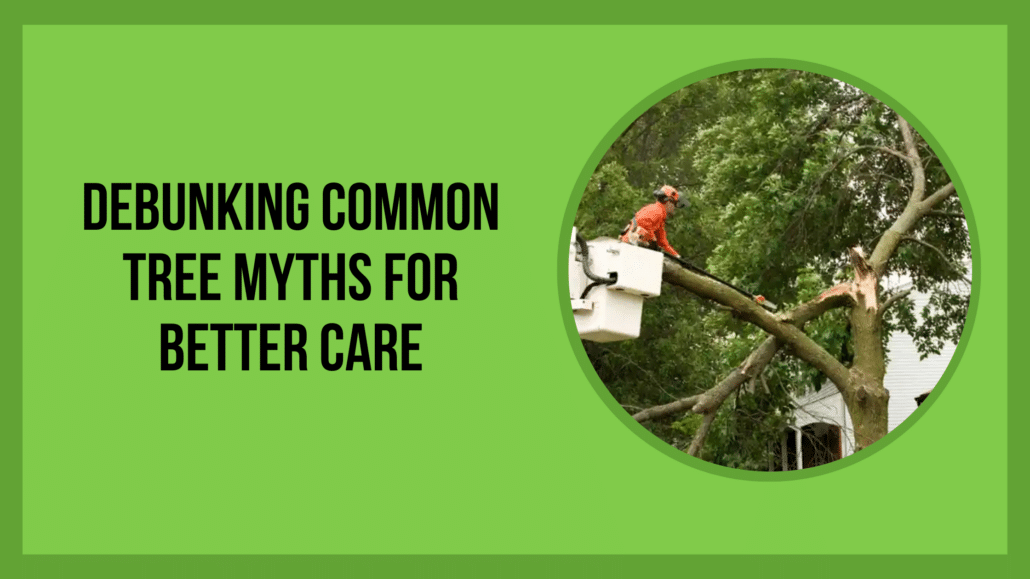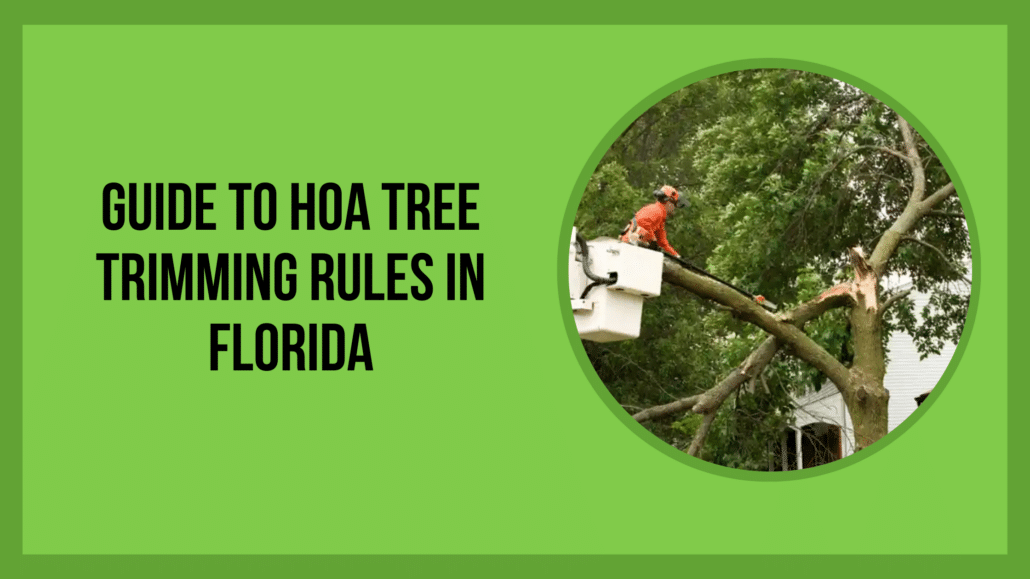Panorama Tree Care
Expert Tree Service in Tampa Bay, FL
Serving Tampa, Brandon, Clearwater, St. Petersburg & Nearby Areas Since 2000.
Looking for reliable, affordable, and expert tree service in the Tampa Bay Area? Panorama Tree Care provides certified tree removal, trimming, pruning, stump grinding, mangrove trimming, and more — backed by 24+ years of experience and thousands of happy local customers.
Transparent Pricing
We believe in straightforward, honest pricing. That means no hidden fees, free written estimates, and detailed quotes provided before any work begins. Our goal is to help homeowners, HOAs, and property managers stay informed, confident, and fully in control throughout the entire process.
Customer-First Approach
Our service is built around a customer-first mindset. Every job begins with a detailed inspection and personalized recommendations from certified arborists — not salespeople. We tailor each service to your property’s specific needs and offer optional extras like gutter or roofline cleaning for added convenience.
ISA Certified Arborist
Our team includes ISA-Certified Arborists who bring expert knowledge, precision, and safety to every job. From tree cabling and bracing to storm damage assessments and permit navigation, we’re equipped to handle complex removals, health diagnostics, and emergency response with confidence and care.
Our Residential and Commercial Tree Care Services
We’re your one-stop-shop for expert tree care in the greater Tampa Bay region. Whether you’re a homeowner with a single palm tree or a property manager overseeing dozens of trees across multiple properties — we’ve got the equipment, crew, and credentials to handle it all.

Safe, efficient removal of dead, diseased, storm-damaged, or unwanted trees.
We use modern rigging, crane equipment, and protective methods to minimize risk — even in tight or elevated locations.
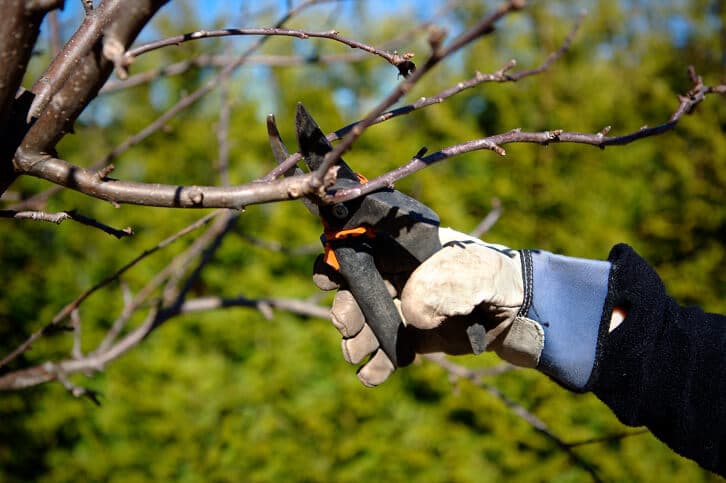
Regular trimming improves tree health, boosts curb appeal, and helps reduce storm-related hazards. Our ISA-trained crews follow industry standards to shape, thin, and clean tree canopies safely and with lasting results.
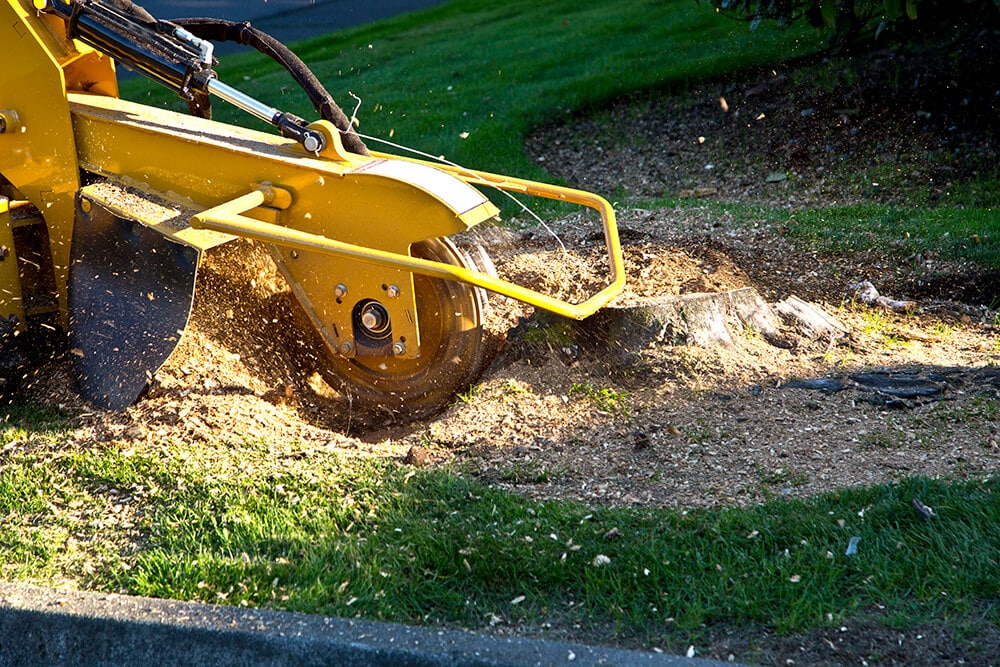
Eliminate unsightly stumps and reduce safety risks with professional stump grinding. We grind deep below the surface, leaving the area clean, level, and ready for new landscaping or construction.
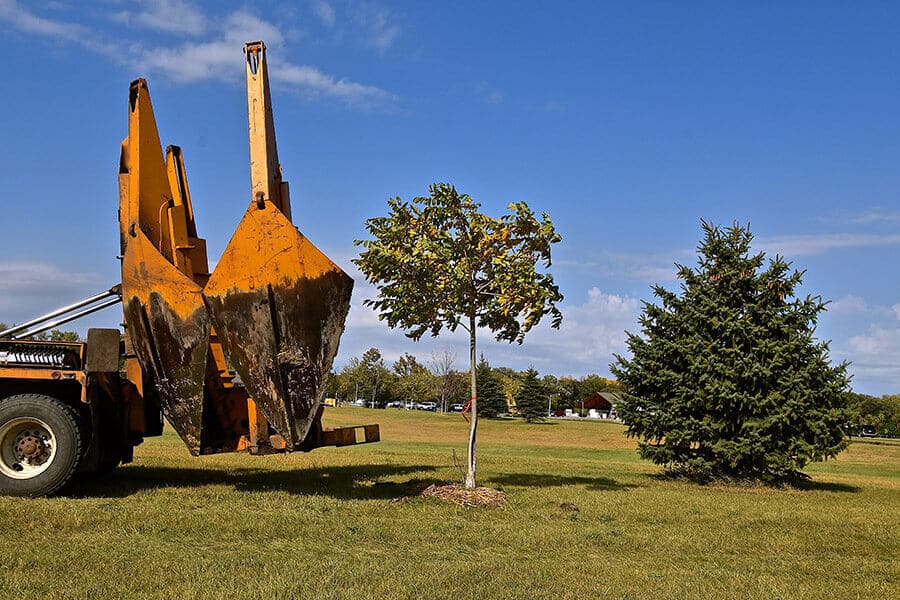
We carefully transplant trees to new locations while preserving their health, structure, and root systems. Proper planning and arborist oversight help reduce shock and ensure a successful relocation.
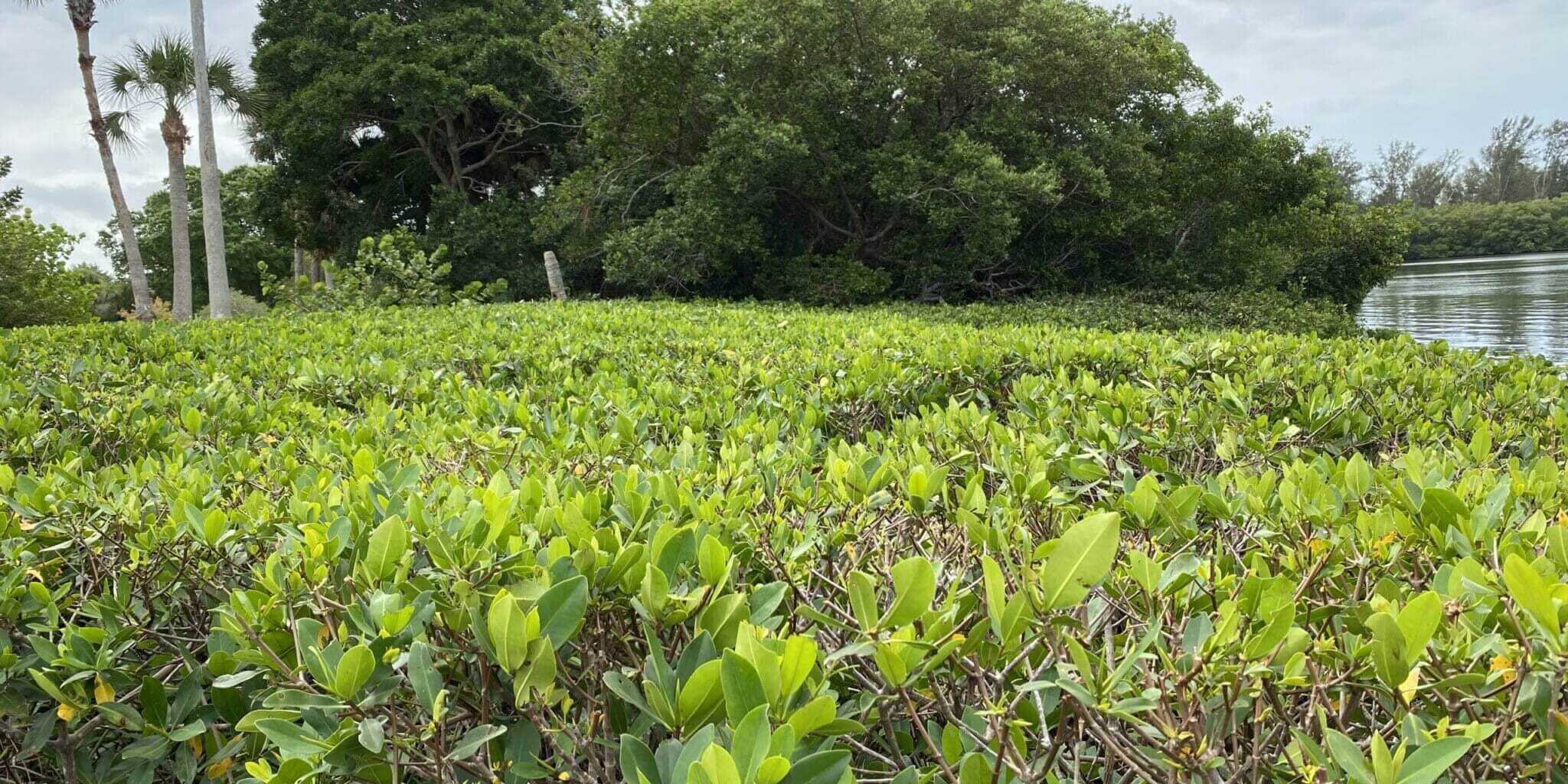
Our team is trained to trim mangroves in full compliance with Florida DEP regulations. We balance legal guidelines with property needs to protect views, access, and shoreline stability.
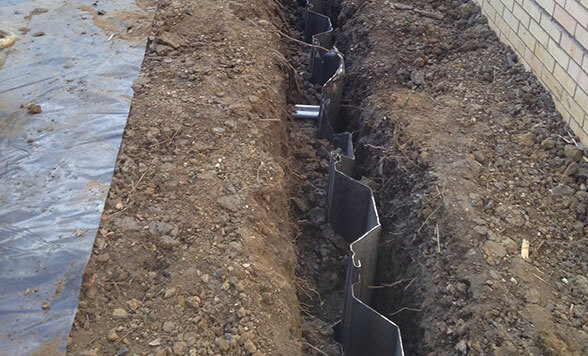
We install durable root barrier systems that prevent root intrusion into foundations, sidewalks, and utility lines. It’s a long-term solution to protect your property from costly underground damage.
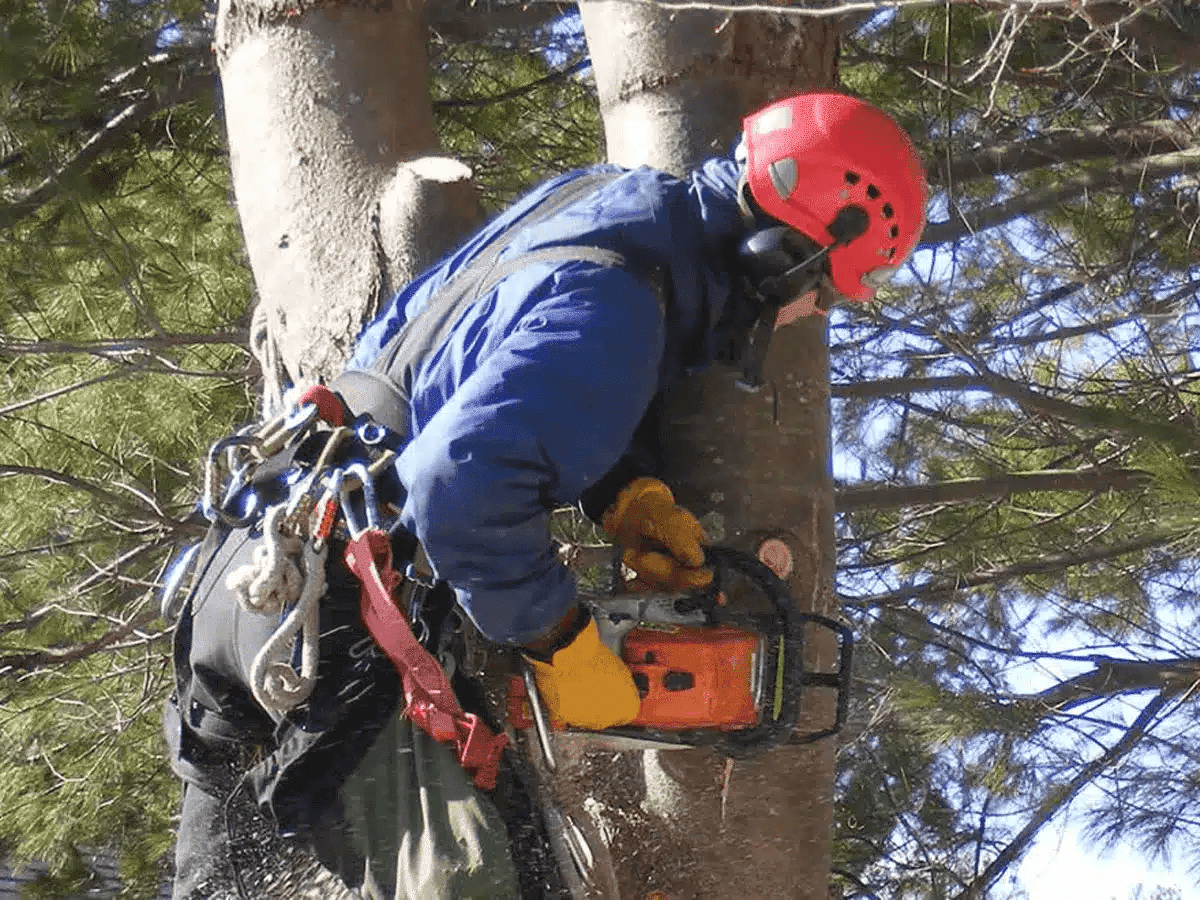
About US
Tampa's #1 Tree Service Company
Founded by ISA-Certified Arborist Tony Padgett (FL-9569A), Panorama Tree Care has been a trusted name in Tampa Bay since 2000.
- Locally owned & operated
- Over 24,000+ customers served
- Featured in multiple local publications & platforms
- Community supporters of Tampa’s urban canopy
24
YEARS OF EXPERIENCE
We don’t just work in Tampa, FL — we live here, serve here, and care deeply about protecting the trees that shape our neighborhoods.
Why Choose Us?
Our quality of service can be gauged by our ever-increasing number of clients and the accolades we have received yearly.
Panorama Tree Care has won the Super Service Award from Angie’s list three times in a row: 2010, 2011, and 2012.
ISA-Certified Arborists
With over two decades of experience, our certified arborists have the expertise to address any tree service needs you have near you.
Affordable Prices
We offer our services at fair prices, delivered by highly trained team.
Customer Satisfaction
Our goal is to provide excellent service and ensure your home's landscape looks its best.
Emergency Tree Services
Storm damage? Fallen trees? Our 24/7 emergency tree removal service ensures fast and professional help when you need it the most.
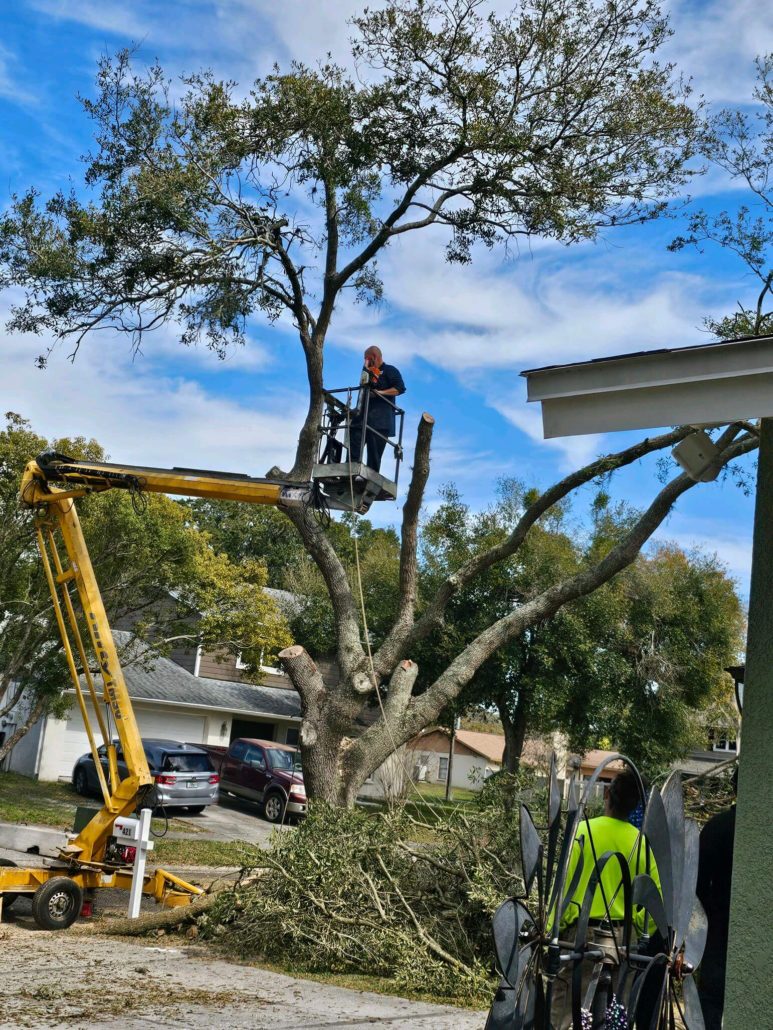
Our Process
We believe in keeping things simple and transparent for our clients. Here’s how our process works:
Free On-Site Quote
Schedule a visit from our arborist at your convenience.
Custom Written Estimate
You get a full breakdown of recommended work and pricing.
Professional Service
Our uniformed crew arrives on time, respects your property, and works safely.
Clean-Up
We leave your yard cleaner than it was when we arrived — guaranteed.
Follow-Up
We’ll check in afterward to make sure you're completely satisfied.
Our Customer Reviews
Read what our satisfied customers have to say about their experience with us. We are one of the top-rated tree service providers in the Tampa Bay area.
EXCELLENTTrustindex verifies that the original source of the review is Google. We had a wonderful experience with Panorama Tree Care. Tony came out as scheduled to give an estimate and then was able to complete the trimming of our large live oak within a week.Trustindex verifies that the original source of the review is Google. First rate professionals in every sense of the word. Fair estimate, easy to schedule and the showed up on time. The crew worked hard from start to finish and verified my satisfaction at every step. I highly recommend Panorama Tree Care, and will call on them again.Trustindex verifies that the original source of the review is Google. These guys are great!. Very good price and very personal service. Had to make a few changes during the job and they did so without missing a beat. The difference in price was very very affordable and fair. Will hire them again for any lawn projects that requires more than i can do.Trustindex verifies that the original source of the review is Google. Where do I begin. From the first contact - to the bid - to the scheduling and finally the job completed with pictures included - I am so impressed. Called and spoke to three other tree companies who said they would go out to give me a bid and it never happened. No job too small for Panorama. They are the best! Thank you Tony and staff! Nothing like the personal touch.Trustindex verifies that the original source of the review is Google. I requested a quote on the website to demoss a large crepe Myrtle and Tony responded to me the same day, (it was a Sunday). Workmen were at my house the next day. They needed additional equipment to finish the job and this was completed the following day. The workmen were conscientious, thorough and all were very pleasant young men. The job was well done. I appreciated the prompt service and care they took in completing their work. I felt the price was fair. I will be calling them out again and will be referring them to my friends and neighbors.Trustindex verifies that the original source of the review is Google. I had some large overgrown branches on a big oak tree in front of my house that were approaching mine and my neighbors roof and making me feel very uncomfortable. Tony was very knowledgeable and spot on as he recommended to remove three big branches. The work was scheduled just a few days later and the tree looks great. I would recommend this company. The work was done quickly, they cleaned up and took away all the cuttings. The price was reasonable too.Trustindex verifies that the original source of the review is Google. Tony and crew did a wonderful job. They cut, carried away and cleaned up. You couldn’t even tell they were here.Trustindex verifies that the original source of the review is Google. Tony and his crew did an outstanding job for us once again. They removed a Live Oak in our front easement that was causing issues with our sidewalk. They removed the tree and even left some of the wood for us to use in our fire pit. Highly recommend Tony and his team for all your tree and landscape work.Trustindex verifies that the original source of the review is Google. Outstanding service!!! They were doing some work for my neighbor, and while they were there, they gave me an estimate and removed my tree the same day. I highly recommend them for all of your tree service!!!Trustindex verifies that the original source of the review is Google. cant say enough good things about Tony & his crew. They just finished trimming some trees and helping us clean up our yard for a huge salt, Tampa renovation that we’re doing they worked extremely hard and did a great job at a reasonable price. Out of 4 companies, Panorama was the only one to actually show up within a day and gave me an estimate the same day! better than that even as soon as I decided to move forward they started the work the next day for us! Thank you Thank you!
Our Service Area
We proudly serve: Tampa, Brandon, St. Petersburg, Clearwater, Riverview, Lutz, Temple Terrace, Bradenton And 60+ more cities across Hillsborough, Pinellas, and Manatee Counties. See all the locations ->
Zip Codes We Serve in and around Tampa Include:
- 33601
- 33602
- 33603
- 33604
- 33605
- 33606
- 33607
- 33608
- 33609
- 33610
- 33611
- 33612
- 33613
- 33614
- 33615
- 33616
- 33617
- 33619
- 33620
- 33621
- 33622
- 33623
- 33629
- 33630
- 33631
- 33633
- 33634
- 33637
- 33646
- 33647
- 33650
- 33655
- 33660
- 33661
- 33662
- 33664
- 33672
- 33673
- 33674
- 33675
- 33677
- 33679
- 33680
- 33681
- 33686
Contact us Today & Get A Free Estimate!
Looking for tree service in Tampa? Reach out to us now for a free quote! We’re just a call or click away.
If you have pictures to show us, please upload so we can see the trees and landscaping.

